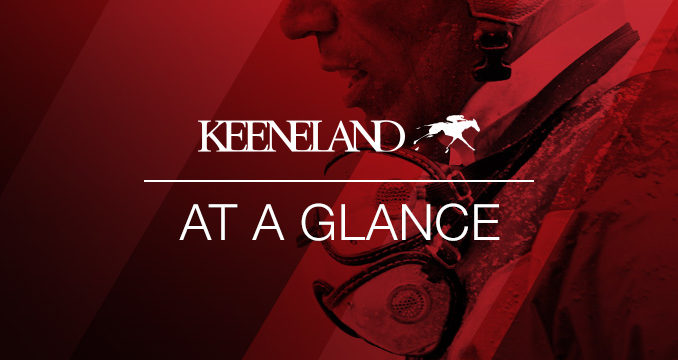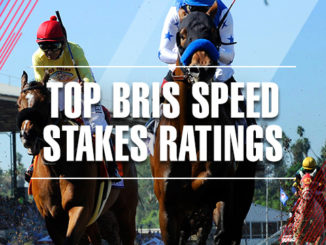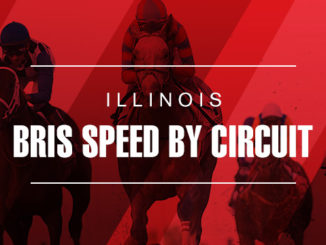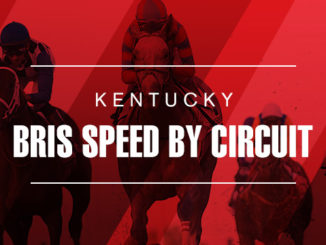
Over at The Paulick Report, Scott Jagow has a fantastic series on what goes into developing each of the various retail speed ratings.
I’m of the belief that all ratings (even the competition’s!) have some merit–especially if you know what each is purporting to measure and how that relates to their predictive nature. I work for Brisnet.com, though, so obviously I’m most concerned with how our Speed Rating–which is found in our Premium & Ultimate Past Performances, certain data files, and hard copy Brisnet Betting Guide–is actionable at the betting windows (and via TwinSpires.com where bettors get free PPs).
As I told Scott, I do use other data in addition to Brisnet–primarily Predicteform, OptixEQ, and Ragozin Sheets [all of which are customers of Brisnet]–but the Brisnet Speed Rating is both my starting and ending points when handicapping a race. The Speed Rating and Prime Power are the first things I look at because they give me a snapshot of how competitive the race is. E.g. if 5 horses are all running 60-70 ratings and one horse is consistently around 80 along with a significant Prime Power advantage then I know I’m dealing with a short price and potentially non competitive event. If all the horses are in the same Speed Rating range with a tight Prime Power scale to match then the aforementioned other products can help me separate horses based on form cycle, pace and other considerations. Following that, I’ll circle back to the Speed Rating as the final “vote” on my picks with a heavy bias toward recent form and especially the last start.
And sometimes it really is as easy as one data point. Yes, part of the fun of handicapping is dissecting all this information and trying to outsmart anyone in the same pools as I am, but there is something to the ditties “think long, think wrong” and “analysis by paralysis.”
To wit, betting the best last-out Speed Rating at the current Keeneland Race Course meeting would have yielded a flat-bet profit of +18% through the first 13 days of the meeting, which covers 122 races. That’s irrespective of distance, surface, class, etc. All you’d have to do to have 18% more money than you started the meeting with is to open your Brisnet.com PPs, find the horse with the highest Speed Rating in his/her last start, and bet that horse to win.



